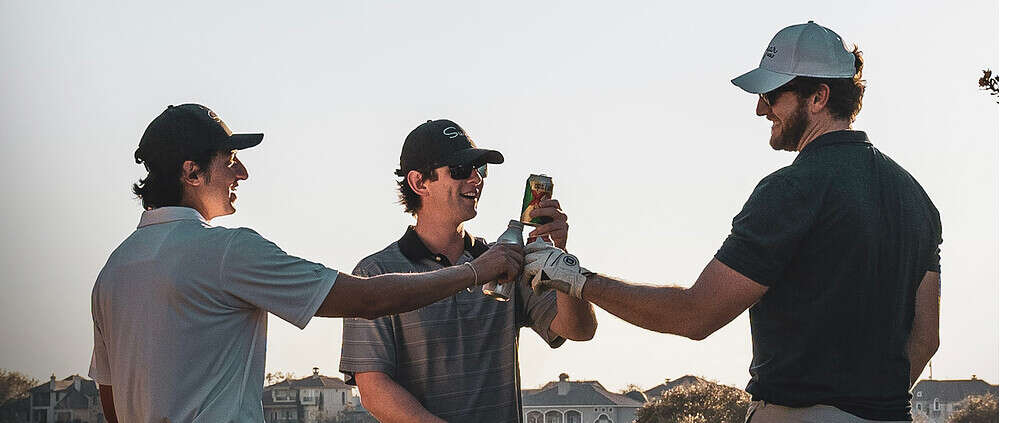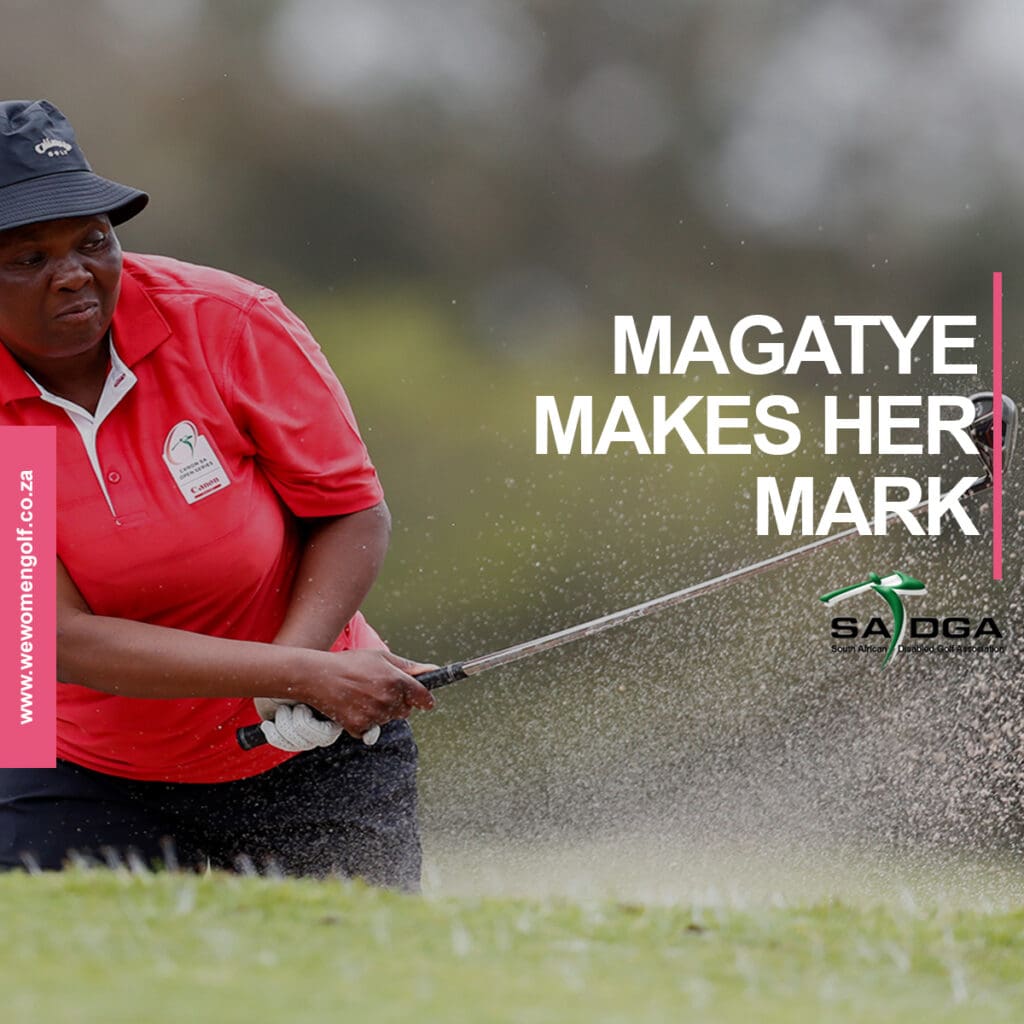
My, but the year has flown!
It has been a challenging year for many golf courses with especially the severe weather we have experienced – many of my friends say that they have played far fewer rounds of golf this year than in the past. The increased loadshedding also brought about even more challenges – especially to greenkeepers in trying to irrigate and care for the courses.
But golfers are always optimistic and we always believe that things (and our golf!) will improve. Luckily we now have the holiday season to look forward to and I am sure many rounds of social holiday golf will be played over the festive season.
In this last article for the year I will offer some Rules advice to take with you and use while enjoying your holiday golf.
The game of Golf is probably the one sport in the world with the most Rules that a player must be aware of and apply while playing it!
It is therefore no wonder that there are many debates in a clubhouse after play on whether the right action was followed by a player, whether a penalty applies or not and even questions asked on whether a player deliberately flouted a Rule or not.
Furthermore, that is why there are Rules Officials involved in professional or elite amateur tournaments – not only to help a player in following the Rules correctly, but also to ensure that the interests of every other player in the tournament is protected.
By ensuring a player acts according to the Rules, she does not get away with something that is not applied to the rest of the field if one of them is confronted with the same situation.
What happens when no Rules Official is around to help or guide a player? Well, not only is Golf a sport with many Rules, it is expected of players to know the Rules and act accordingly – even if no one is seeing what you are actually doing in the rough on your own!
This emphasis on the integrity expected of players and the basic principle that you are actually your own rules official, was strengthened since the rule changes in 2019.
Just a basic example: you do not need to call over a fellow-player anymore when marking and picking up your ball anywhere on the course to see if it is your ball (identify it) or to see whether it may be cut or cracked.
There is thus no one around to see whether you follow the correct procedures and more importantly, whether you replace the ball on the exact same spot (and not slightly away to get a better lie!).
THE ULTIMATE TEST OF CHARACTER
A golfer’s character is ultimately tested when something goes wrong, nobody but the golfer sees it, and he still then informs his playing partners that he is calling a penalty on himself.
There are many examples of such great sportsmanship (and integrity) being displayed – just google “golfer calling penalty on himself”.
This has happened to many players, including Ernie Els, and some, like Brian Davis in 2010 called a penalty because he felt that he touched the reeds in a penalty area on his backswing (no one else saw anything) and lost a PGA tour event in the playoff.
It was the late great Bobby Jones who came up with the beauty of a remark after he lost the 1925 US Open due to him calling a penalty on himself. He was in the rough and played a shot from it. He walked back to the fairway and informed the other players that he thought his club made the ball move slightly before he played his shot and called a penalty on himself even though the officials said they saw nothing.
On getting praised for his sportsmanship, he flatly proclaimed: “You might as well praise me for not robbing a bank”!
Why am I dwelling on adhering to the Rules?
I believe that you either play real golf where you and your buddies follow the Rules of Golf, or you have a nice social game with your friends over the holidays and you also treat the rules socially (gimme putts, “friendly” drops, etc). There is nothing inbetween and both formats can be played and enjoyed by players, but there are a few things to remember.





